Tired of Roaches? Here’s How to Get Rid of Them for Good
Walking into a home with a roach problem, I see the same look on everyone’s face. It’s a mix of frustration, a little embarrassment, and a lot of ‘I just want them GONE.’ If that’s you right now, let’s get one thing straight: this is a solvable problem, and it has nothing to do with how clean you are. Cockroaches are ancient, resourceful survivors that can sneak into the most pristine places.
In this article
My job has always been about more than just getting rid of the pests you see. It’s about understanding how they operate so you can make your home a permanent no-go zone for them. This isn’t about a quick-fix spray that, honestly, often just scatters them and makes things worse. It’s about a smart, methodical approach that actually works.
Forget those late-night TV ads promising a miracle cure in a can. Real, lasting cockroach control is a process. The pros call it Integrated Pest Management (IPM), which is just a fancy way of saying we use a combination of tactics, starting with the simple stuff first. It’s about cleaning up their food court, blocking their highways, and then using the right tools for the job. It works everywhere, and it’ll work for you, too.
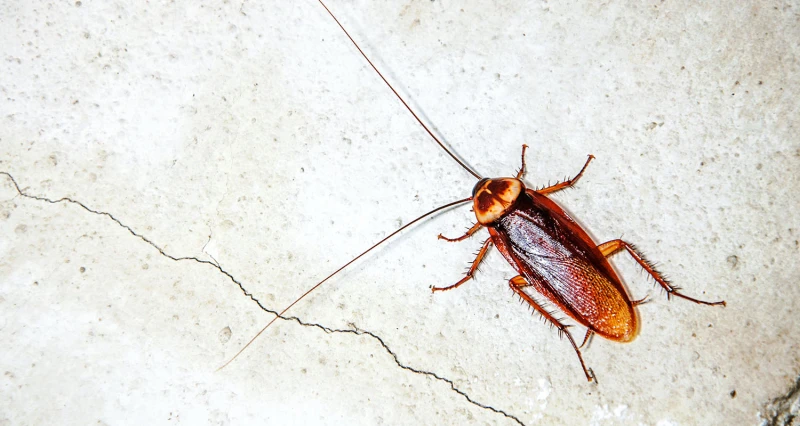
First Things First: You Have to Know Your Enemy
Before you do anything else, you’ve got to figure out who you’re up against. You can’t win the battle if you don’t know the specific pest you’re fighting. Different roaches have totally different habits, and using the wrong method is a waste of time and money.
The Main Suspects: A Quick Rundown
Let’s break down the most common invaders you’re likely to find.
- The German Cockroach: This is the big one, the most common indoor roach by a long shot. They’re small, tan-colored guys, maybe half an inch long, with two distinct dark stripes behind their head. These are the ones that absolutely love your kitchen and bathroom. Why? They need warmth and moisture. A key giveaway is their droppings, which look exactly like black pepper flakes or dark smears in the corners of cabinets and along countertops.
- The American Cockroach: People often call these “palmetto bugs.” They are the giants of the roach world, sometimes growing up to two inches long, and are a reddish-brown color. Unlike their German cousins, they’re perfectly happy living outside but will march inside looking for water. They often come up from sewers or drains, so they’re usually found in damp basements and crawl spaces. Their droppings are much bigger, often mistaken for mouse droppings.
- The Oriental Cockroach: Nicknamed “water bugs,” these are shiny, black, or very dark brown roaches about an inch long. They thrive in cool, damp, dark places, so think cellars, drains, and under leaky porches. They also give off a signature musty, oily smell. If you smell that, you’ve likely got a serious gathering on your hands. Good to know: they’re terrible climbers, so if you find one upstairs, you almost certainly have a plumbing leak.
- The Brown-Banded Cockroach: This one is often confused with the German roach, but its habits are the complete opposite. They are a similar size but have light-colored bands across their wings. The biggest difference? They hate moisture and prefer high, dry, and warm spots. You have to look UP to find these guys—think the top of your kitchen cabinets, behind picture frames, and even inside electronics.
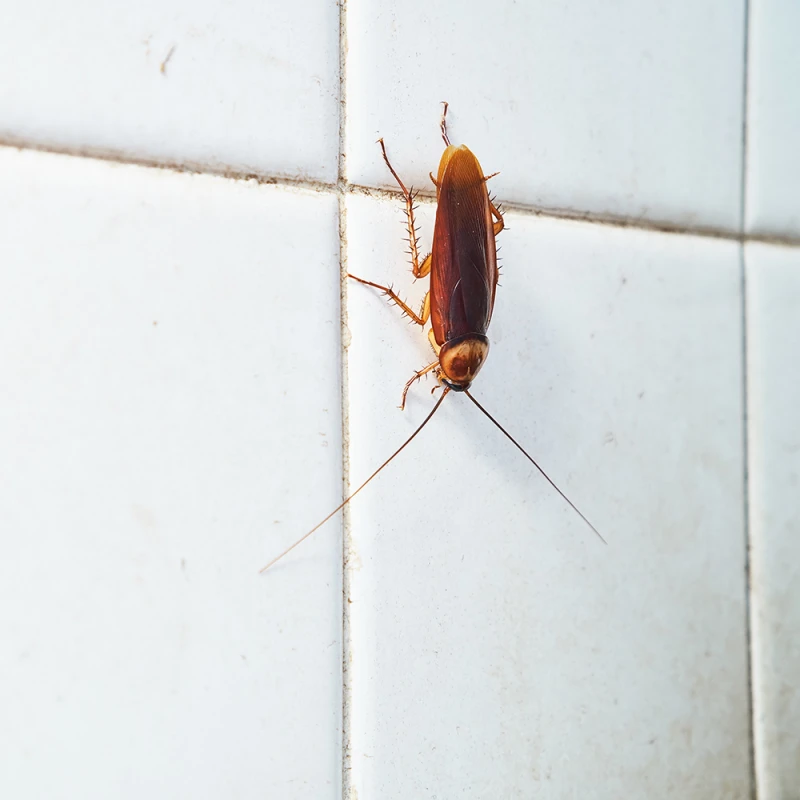
Step 1: The Foundation (That You Can’t Skip)
Before you even think about buying a product, you have to do the groundwork. This means removing their food, water, and shelter. I know it’s a pain, but I can’t stress this enough: no chemical on earth will solve a roach problem long-term if your home is a 24/7 roach buffet.
Your Deep-Cleaning Game Plan
A single crumb or a greasy spot is a feast for a roach. You have to be meticulous.
- Kitchen Blitz: You have to do it. Pull out the stove and refrigerator. Clean the floor, the walls, and the sides of the appliances with a good degreaser. The gunk that builds up there is a roach paradise.
- Pantry Lockdown: Store all your food in airtight containers made of hard plastic or glass. This includes cereal, flour, sugar, pasta, and especially pet food. Roaches can and will chew right through cardboard boxes and plastic bags.
- Nightly Routine: This is non-negotiable. Wash dishes right after you use them—don’t leave them overnight. Wipe down counters and your stovetop every single evening. Do a quick sweep or vacuum of the kitchen floor, and take the trash out nightly.
- Cut Off the Water: Fix leaky faucets and pipes immediately. Roaches can live for a month without food, but only about a week without water. This is their weak spot.
Overwhelmed? Start here. If you only do one thing today, get all your pantry food out of its original boxes and bags and put it into sealed containers or Ziploc bags. It takes 20 minutes and instantly removes their easiest food source.
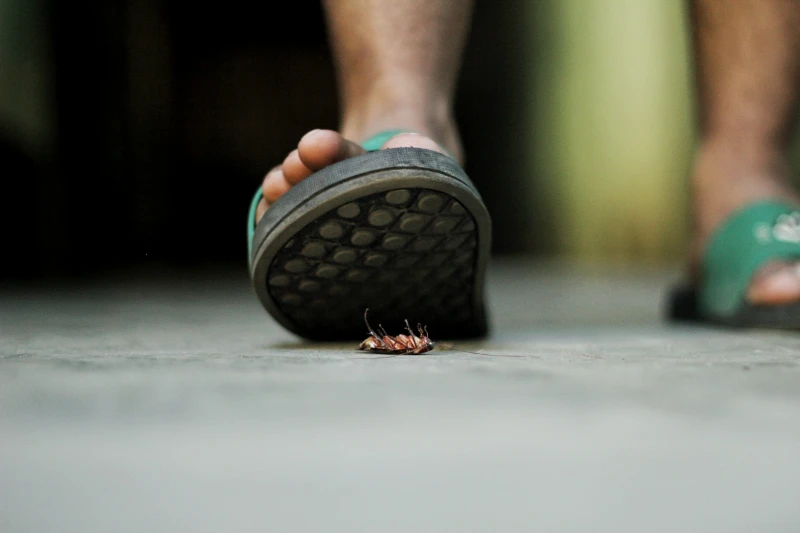
Seal the Roach Highways
Next, you need to block all the entry points. A German roach can squeeze through a crack that’s just 1/16 of an inch wide. It’s time to seal things up.
- Check Under Sinks: Look where pipes enter the wall. These gaps are superhighways. Fill small gaps with silicone caulk. For larger gaps, here’s a pro tip: first, stuff the hole with copper mesh, and then seal it with caulk or expanding foam. Why copper? Because roaches can’t chew through it, and unlike steel wool, it won’t rust and disintegrate under a sink.
- Doors and Cracks: Install door sweeps on all exterior doors. Check your baseboards and cabinets for small cracks and fill them with a simple paintable caulk.
Step 2: The Right Tools for the Job (What to Actually Buy)
Okay, once you’ve cleaned and sealed, it’s time to bring in the big guns. The goal isn’t to spray wildly but to place products exactly where roaches hide and travel.
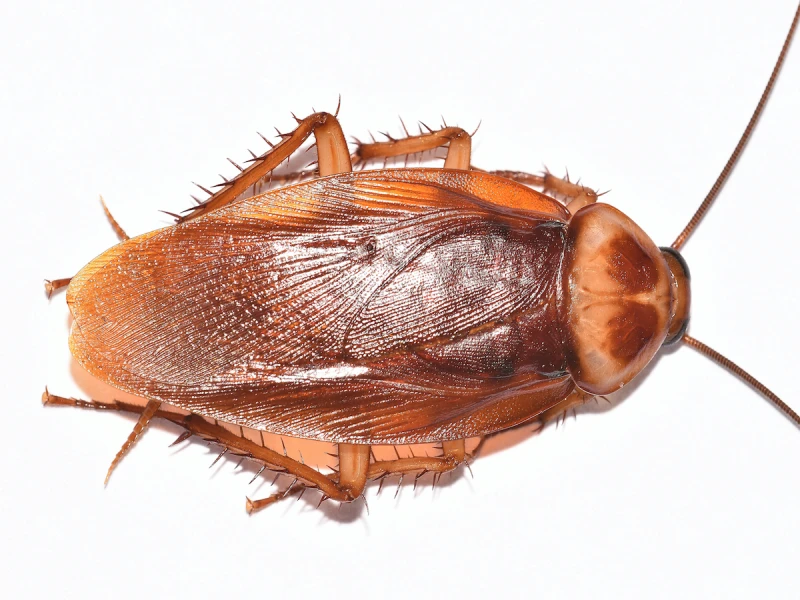
Bait Gels: Your Secret Weapon
This is the number one tool for a reason. Bait gels contain a slow-acting insecticide mixed into an irresistible food source. The “slow-acting” part is key. A roach eats the bait, heads back to its hiding spot, and dies. Then, other roaches eat its contaminated droppings or its body (I know, gross) and they die, too. It creates a domino effect that can wipe out the entire nest, not just the few you see.
How to use it like a pro: Don’t squeeze out long lines of it. You want to apply small, pea-sized dots in lots of places. Think cabinet hinges, the corners inside drawers, where the countertop meets the wall, and behind electrical outlet covers (turn the power off first!). You can find great baits like Advion, Maxforce, or Vendetta on Amazon or specialty pest control websites. A tube will probably run you $10-$20 and is worth every penny.
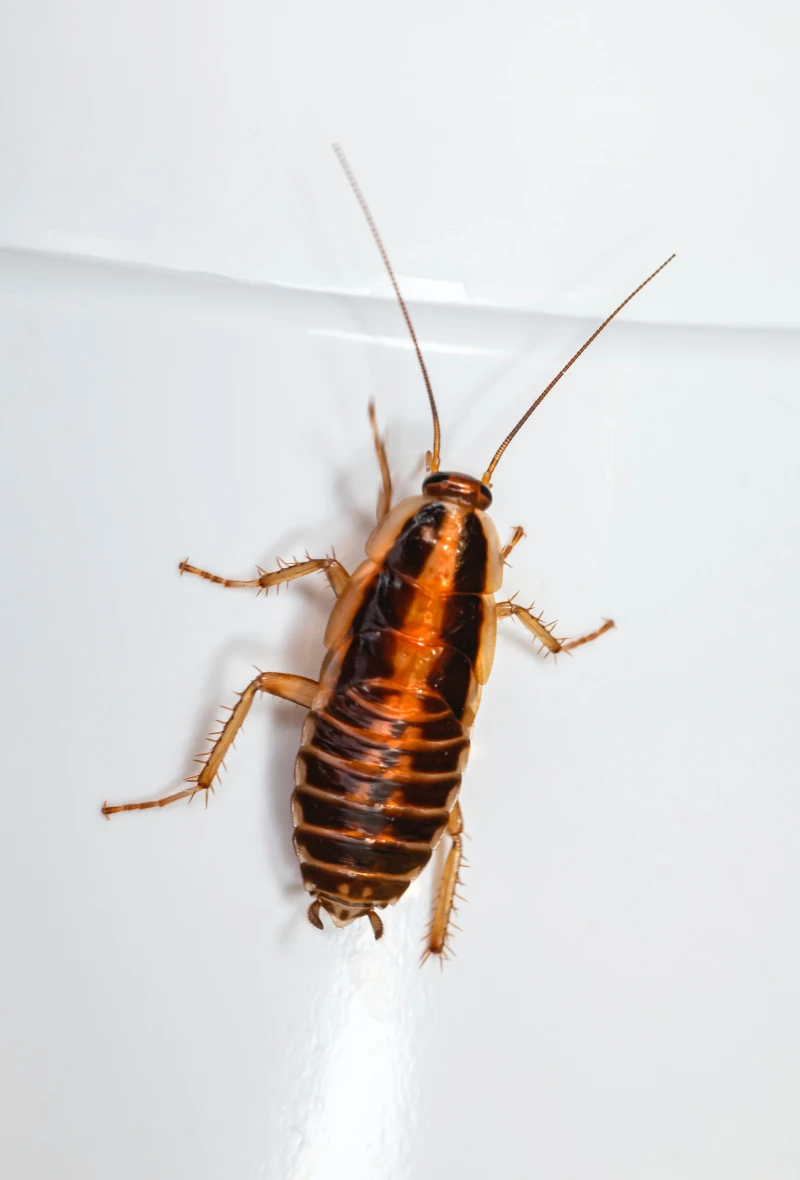
Heads up! A common mistake is spraying a bug killer near your bait. Most sprays are repellent, so you’ll just be warning the roaches away from the very thing you need them to eat.
Insecticidal Dusts: For the Hidden Voids
Dusts are perfect for places you can’t reach, like inside wall voids or under appliances. The two best options are Boric Acid and food-grade Diatomaceous Earth (DE).
The trick is to use a very, very light layer. Roaches will just walk around heavy piles. The best way to apply it is with a small bulb duster, which helps you puff a fine cloud of dust into cracks and crevices. A light coating under the fridge is also a great move. Always wear a mask when applying dusts!
Insect Growth Regulators (IGRs): Stop the Next Generation
This is the tool that really separates a pro approach from a DIY one. IGRs don’t kill adult roaches. Instead, they’re a form of birth control that messes with their hormones. When young roaches are exposed, they can’t grow up into reproducing adults. It sterilizes the population and breaks the life cycle.
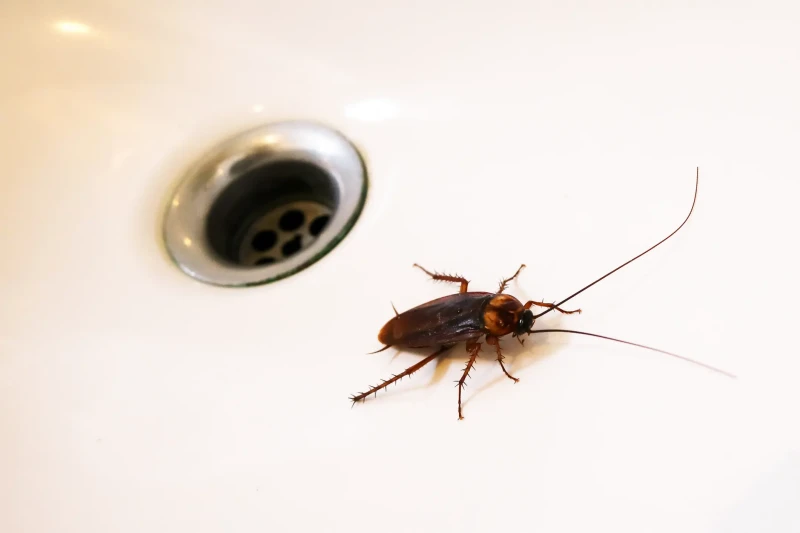
Using an IGR with a bait gel is a powerful one-two punch. The bait kills the current generation, and the IGR ensures a new one never shows up. For an easy, no-mess option, look for Gentrol Point Source discs online. They’re little plastic discs you can just stick to the inside of cabinets. A pack of 20 costs about $25-$35 and will cover your whole kitchen.
What About Sprays and ‘Bug Bombs’? (A Quick Warning)
I almost never recommend over-the-counter aerosol sprays or foggers. Here’s why: they are highly repellent. You’ll kill the one or two roaches you see, but the rest will scatter deeper into your walls, spreading the infestation to other rooms. Foggers are even worse, as they don’t penetrate the cracks where roaches actually live.
The Million-Dollar Question: When Will They Be Gone?
Let’s be real, this isn’t an overnight fix. Here’s a realistic timeline:
- Week 1-2: After baiting and cleaning, you should see a dramatic drop in roach activity. You might even see more of them at first as the bait draws them out, but don’t panic! That’s a good sign.
- Week 3-4: You should be seeing very few, if any, live roaches. You must keep baits fresh and continue your cleaning routine.
- Month 2 and Beyond: The IGR is doing its work, preventing any new hatchlings from maturing. Continue to be vigilant with cleaning. A key sign that your plan is working? You stop seeing fresh droppings. Before, the cabinet hinges were full of those black pepper specks. A few weeks later, they’re clean. That’s your victory!
By the way, if you put bait out and the roaches seem to be ignoring it, they might have

Inspiration:
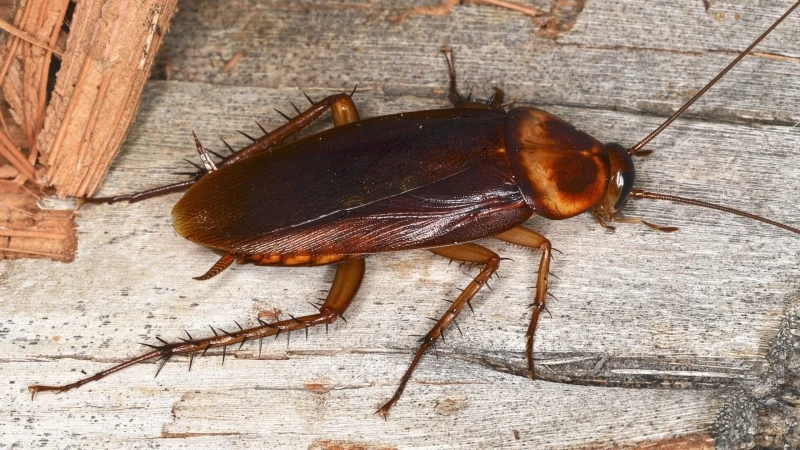

Gel Baits (like Advion): Applied as small dots in cracks, under cabinets, and behind appliances. Roaches eat the poison and carry it back to the nest, eliminating the colony from within. This is the pro’s choice for German cockroach infestations.
Bait Stations (like Combat Max): Self-contained plastic units placed along baseboards and under sinks. The poison is enclosed, making them a safer choice for homes with curious pets and children. Best for ongoing control of American cockroaches.
For a serious problem, using both is a powerful strategy.
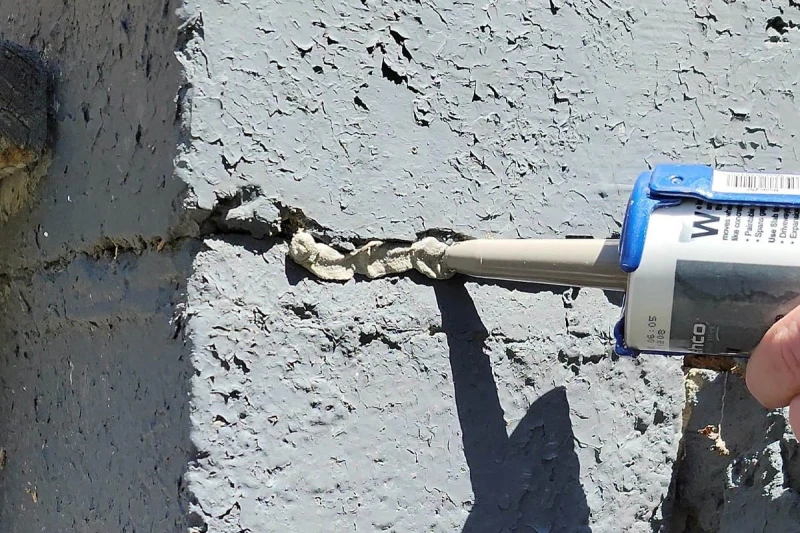
A single female German cockroach and her offspring can theoretically produce over 30,000 new roaches in just one year.
This staggering number explains why a small problem can escalate so quickly. It’s not just about killing the few roaches you see; it’s about breaking their rapid reproductive cycle before it gets out of control. Consistency is everything.

Beyond sprays and baits, a little-known professional tool is the Insect Growth Regulator (IGR). Think of it as roach birth control. Products like Gentrol Point Source release a vapor that prevents young roaches from developing into reproductive adults. They can’t lay eggs, and the colony simply dies out over time. It’s the key to ending the cycle for good.

The #1 Mistake to Avoid: Never spray a repellent insecticide (like Raid) near your bait stations or gel baits. Repellents do exactly that—repel. The roaches will simply avoid the area, meaning they’ll never take the poison bait back to their nest, rendering your most effective strategy useless.


- Blocks entry points for roaches, ants, and other pests permanently.
- Seals out moisture, which roaches desperately need to survive.
- Provides a lasting sense of security against future invasions.
The secret? A weekend

Do pets or kids limit your chemical options?
Food-grade diatomaceous earth is your best friend. This fine powder is made of fossilized algae with microscopic sharp edges that destroy a roach’s waxy outer layer, causing them to dehydrate. It’s not a chemical poison. Use a puffer bottle to apply a very thin, barely visible layer in wall voids, behind outlet covers (power off first!), and under large appliances. They walk through it, they die. Simple and safe when used correctly.
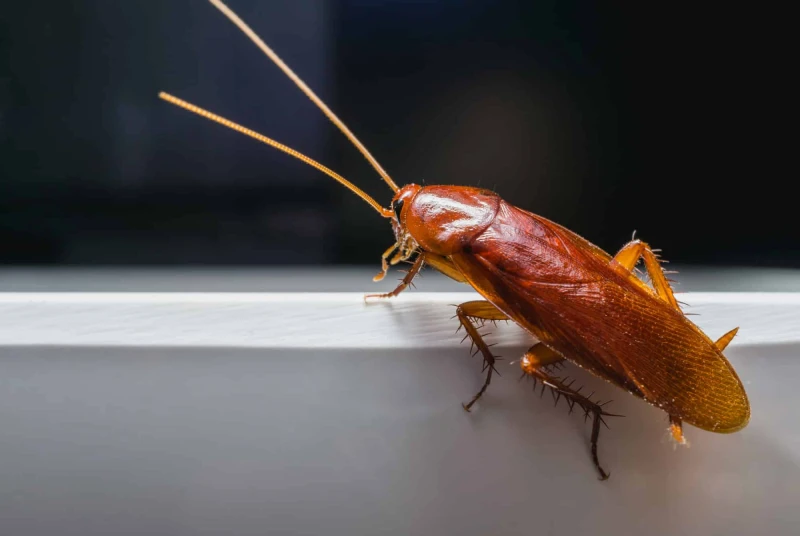
You’ve cleaned the counters, but roaches thrive on the hidden grime. It’s time for a deep-clean mission focusing on their favorite dining spots:
- The greasy film on top of your kitchen cabinets and refrigerator.
- Crumbs trapped inside your toaster and under the microwave.
- Spilled food residue behind the oven and inside the bottom drawer.
- Pet food crumbs that have been kicked under furniture.

There’s a quiet satisfaction that comes after the fight is won. It’s walking into your kitchen for a midnight glass of water without that familiar sense of dread, flicking on the light with confidence. It’s the simple peace of knowing your space is truly your own again. This feeling is the ultimate goal, and it’s completely achievable.
Don’t let cardboard boxes become roach condominiums. The corrugated channels and glue are ideal hiding and breeding spots. If you’re storing items in a basement, garage, or attic, invest in airtight plastic totes like the heavy-duty yellow-lidded ones from Command. They not only protect your belongings from pests but also from moisture and dust.










